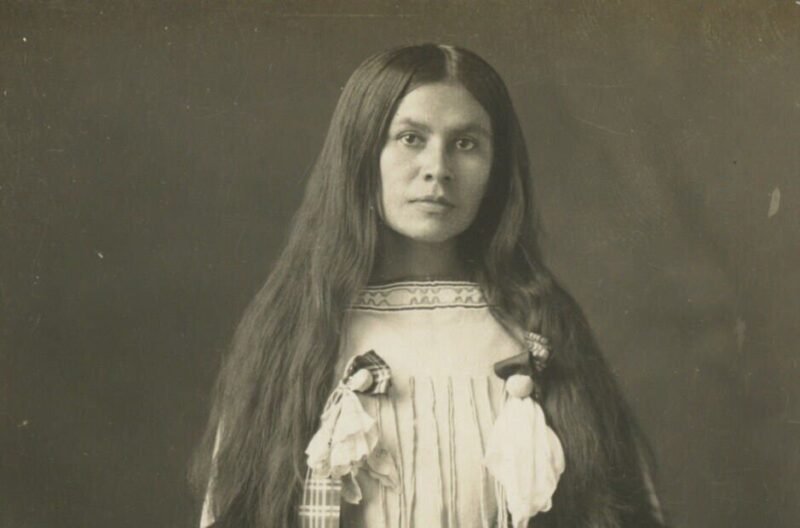Early Life and Heritage
Wanada Page Parker was born in 1882 in Indian Territory, which eventually became part of Oklahoma, USA. Her birth distinguished her as a unique link between two disparate cultures: the Comanche Nation and American immigrants. She was the daughter of Chief Quanah Parker, the Comanche’s penultimate chief, and Weckeah Yellow Bear. Her paternal genealogy included grandparents Peta Nocona, a Comanche chief, and Cynthia Ann Parker, a white woman captured by the Comanches. This bloodline not only defined her origins, but it also helped to shape her identity in a changing America.
Quanah Parker, a forceful leader, was known for his versatility and efforts to bridge the gap between Native American and Anglo-American cultures. He had eight marriages and 25 children, some of them were adopted, including Wanada. Her Indian name, “Woon-ardy,” which means “Stand Up and Be Strong,” shows the resilience required for managing life between different cultural domains.
Cultural Intersection and Education
Wanada would have seen directly how her family’s different cultures came together when she was growing up in Oklahoma. Even though Quanah was angry at Anglo Texans at first because the Texas Rangers took his mother and sister when he was 11, he worked to build ties with them throughout his life. Through his work, Wanada was able to experience both Native and Western practices in a way that no one else could.
Quanah’s attempts to connect with his white family made Wanada realise her mixed heritage. He studied English and Western farming with them for weeks. The capacity to balance both cultures was transferred to Wanada, influencing her life and interactions.
Career and Contributions
Wanada Page Parker became an actor and had her first role in the 1920 silent movie “The Daughter of Dawn.” This movie, which was shot in the middle of Oklahoma, is famous for both how it shows Native American life and the fact that all of the actors are Native Americans, including Wanada. She played a Native American in this movie, which is one of the first times that Native Americans played themselves in a movie. This is an important part of the cultural history of the United States.
The video depicts a true Native American lifestyle among the Kiowa and Comanche tribes. Wanada’s performance in this film showcased her talent and preserved Native American portrayal.
Personal Life and Legacy
Late Wanada Parker Page lived in Lawton, Oklahoma. She died in the U.S. on October 26, 1970, at 88. Public Health Service, Lawton Indian Hospital. Her 88-year life saw major social shifts in Native American America.
Her siblings included White Parker, another prominent Comanche figure, demonstrating the family’s community involvement. The last daughter of Quanah Parker, Wanada’s death ended a straight bloodline to a prominent Native American chieftain.
Historical Impact and Recognition
Wanada Parker is linked to Native American history and cultural assimilation. Her contributions continued her family’s history, changed forever by the 1860 Pease River events. Her role in “The Daughter of Dawn” represents early efforts to correct Native American depiction in American cinema.
Wanada Parker Page’s life and efforts help us comprehend Native American realities during key points in American history. Her ability to negotiate her dual origins exemplifies tenacity and adaptation.
Key Dates and Locations
- 1882: Wanada Parker Page is born in Oklahoma, USA.
- 1920: Stars in “The Daughter of Dawn,” filmed in Oklahoma.
- 1970: Passes away on October 26 in Lawton, Oklahoma.
- Fort Sill: Burial site of Quanah Parker, alongside Cynthia Ann Parker and Prairie Flower.
Family Tree
| Relation | Name |
|---|---|
| Father | Quanah Parker |
| Mother | Weckeah Yellow Bear |
| Brother | White Parker |
| Grandparents | Peta Nocona and Cynthia Ann Parker |
| Great-grandparents | Iron Jacket, Lucy Parker, Silas M. Parker |
In addition to Native American history, Wanada Page Parker’s story of cultural bridging resonates with the human experience of identity and adaptation in changing times. Her life, accomplishments, and legacy inspire and teach people who study cultural heritage and representation.






